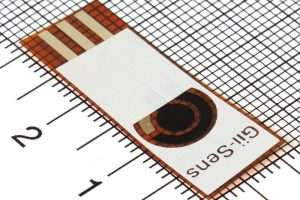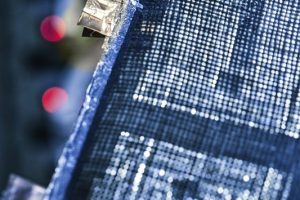Superconductors need electrons to pair, and then many pairs to become coherent inside the material.
“The electron pairs are telling us that they are ready to be superconducting, but something is stopping them,” said Ke-Jun Xu, a researcher at Stanford University’s SLAC National Accelerator Laboratory. “If we can find a new method to synchronise the pairs, we could apply that to possibly building higher temperature superconductors.”
 SLAC likens superconductivity to a dance, where there is no action unless there are couples, and every couple is on the floor
SLAC likens superconductivity to a dance, where there is no action unless there are couples, and every couple is on the floor
The material is Nd2-xCexCuO4, an antiferromagnetic insulator and one of the unusual copper oxide materials whose superconductivity is less well understood than ‘conventional’ superconductors.
It only superconducts below 25K, rather than at >100K like some of its ‘high-temperature’ cuprate cousins.
However, by examining its behaviour in minute detail with ultra-violet probing, the team saw an energy gap, an order of magnitude smaller than the antiferromagnetic gap, that persisted up to 150K “suggesting that electrons are paired at much higher temperatures than the zero resistance state” said SLAC, and the pairing is the strongest in the most insulating samples.
The cuprate in the study might not be the material to reach superconductivity at room temperature, said project supervisor Professor Zhi-Xun Shen. “But maybe in another superconductor material family, we can use this knowledge for hints to get closer to room temperature.”
The plan is now to further study this incoherent pairing state, and to seek ways to synchronise the pairs into coherency.
Stanford University worked with Yale University, KTH Royal Institute of Technology (Sweden) and the University of California, Berkeley.
The research is published in Science as ‘Anomalous normal-state gap in an electron-doped cuprate‘.
 Electronics Weekly Electronics Design & Components Tech News
Electronics Weekly Electronics Design & Components Tech News

